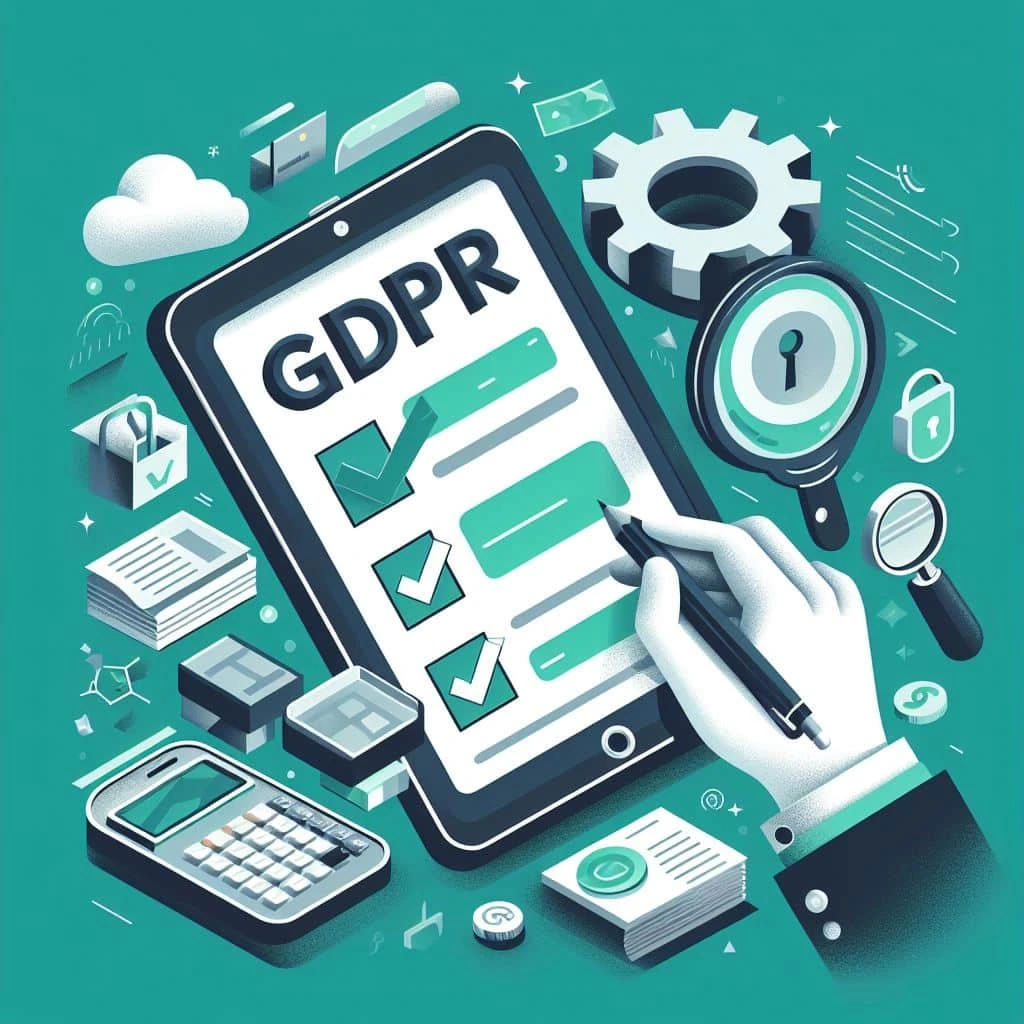El Reglamento General de Protección de Datos (RGPD) ha reforzado significativamente la legislación sobre la gestión de datos personales. Ahora, cualquier incumplimiento puede acarrear graves consecuencias financieras para las organizaciones.
De hecho, las empresas no solo están expuestas a sanciones por parte de la autoridad de control, como la CNIL en Francia, sino también al riesgo de violaciones de datos personales. Estas violaciones pueden tener repercusiones significativas tanto para las empresas como para las personas afectadas.
¿Ya ha tomado las medidas necesarias para garantizar su cumplimiento con el RGPD? Para evaluar su nivel de cumplimiento y determinar las acciones a tomar, es fundamental comenzar con una auditoría RGPD.
De hecho, la auditoría RGPD representa el primer paso esencial en cualquier proyecto destinado a lograr el cumplimiento. Pero, ¿en qué consiste exactamente una auditoría de este tipo? ¿A quién afecta? ¿Cuáles son los diagnósticos que deben realizarse?
Desde la entrada en vigor del RGPD en 2016, la mayoría de las empresas y organizaciones de la UE han estado obligadas a cumplir con este reglamento. Esta obligación ha llevado a estas entidades a revisar sus prácticas en relación con la recopilación y el tratamiento de la información personal, en un contexto en el que Internet está haciendo que los flujos de información sean más complejos y numerosos.
Para cumplir con estos nuevos requisitos, los profesionales deben integrar nuevos procesos en su día a día, comenzando por la realización de una auditoría RGPD.
GDPR Audit: Definition
A GDPR audit is a comprehensive review of the measures implemented by an organization to comply with the GDPR. The various diagnostics aim to ensure that the processing of personal data complies with legal obligations.
There are two types of audits:
- The initial GDPR audit aims to establish an inventory of possible deviations from the GDPR. Its objective is to formulate an action plan to remedy these deviations and ensure compliance.
- The follow-up audit verifies that the organization continues to comply with the established compliance rules. In case of non-compliance, corrective measures must be taken.
GDPR compliance is an ongoing process, requiring regular audits to be maintained. It is worth remembering that the GDPR was established to regulate the collection, processing and management of personal data at the European level, concerning any entity located in the EU, as well as any entity processing information of individuals residing in the European Union, including subcontractors and service providers.
In short, the GDPR audit is an essential tool to assess and ensure compliance with the requirements of the GDPR, both at the initial level and as part of an ongoing compliance approach.
The GDPR audit aims to achieve several objectives:
- Identify and analyze the gaps between your practices and GDPR requirements, by assessing the compliance of your current processes.
- Map and analyze all personal data processing within your organization, in order to understand how this data is collected, processed, used and stored.
- Identify the main risks related to data protection, by highlighting potential shortcomings that could have a significant impact on your organization.
- Establish a compliance action plan, by identifying the specific actions and projects to be implemented as a priority to ensure the organization’s compliance with the GDPR.
The GDPR audit covers the main areas of data management, including the collection, processing, use, retention and security of personal data.
GDPR audit: who is concerned?
The GDPR audit concerns all entities that process personal data as part of their activities. This includes in particular:
- Companies established in the European Union;
- Companies located outside the EU, but which process data of individuals residing in the European Union;
- Subcontractors and service providers who handle data on behalf of other organisations.
In summary, any organisation that collects, processes or stores personal data is concerned by the GDPR audit and must ensure that it complies with the requirements of the GDPR.
How to do a GDPR Audit?
Carrying out a GDPR audit may seem difficult and tedious, but you just need to apply a methodology that you can learn by consulting our article on “the 5 steps to follow to carry out a GDPR audit” and carry out the GDPR audit of your company yourself.





